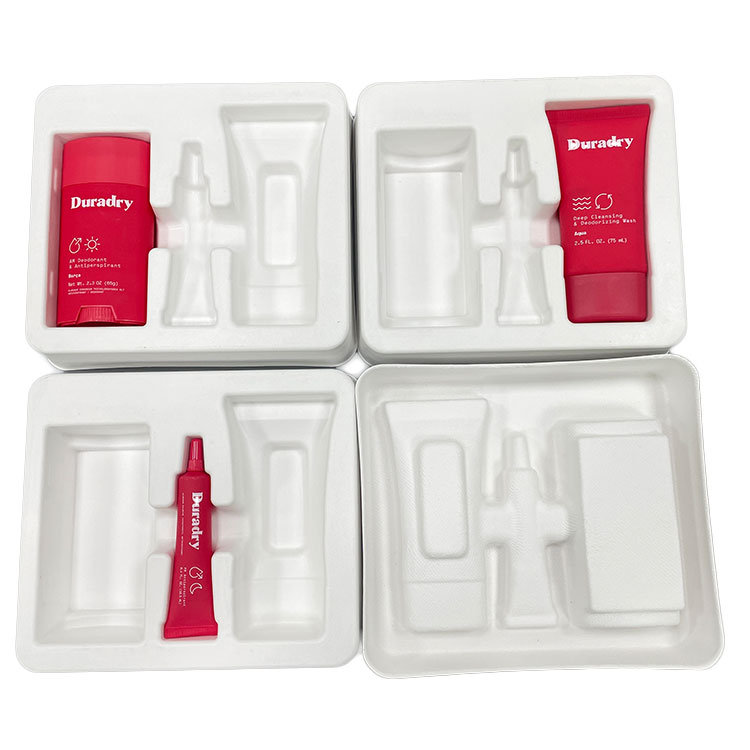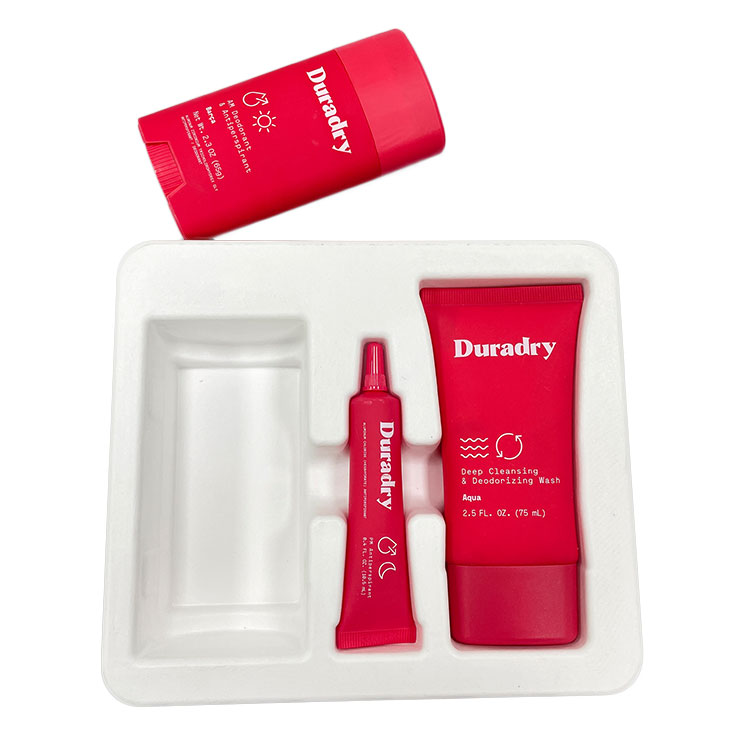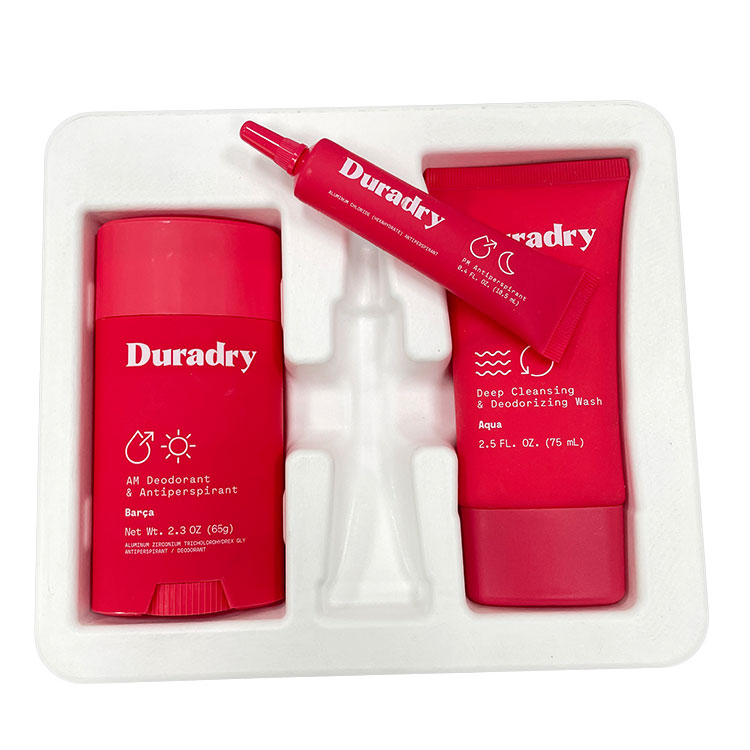Cosmetic molded pulp clamshells have become increasingly popular as a sustainable packaging solution in the cosmetic industry. These clamshells offer a biodegradable alternative to traditional plastic packaging, contributing to environmental conservation efforts. But how exactly are these eco-friendly clamshells made? Let's delve into the intricate process behind the production of cosmetic molded pulp clamshells.The journey of creating cosmetic molded pulp clamshells begins with the careful selection of raw materials. Typically, recycled paper fibers or sustainable materials like bamboo, sugarcane bagasse, or wheat straw are chosen. These materials are preferred for their biodegradability and renewable nature, aligning with the eco-conscious ethos of the clamshell production process.
1. Pulping:
Once the raw materials are selected, they undergo a pulping process. This involves breaking down the fibers into a pulp mixture through mechanical or chemical means. The goal is to create a fine, uniform pulp that will serve as the foundation for the molded clamshells.

2. Molding Techniques:
The pulp mixture is then molded into the desired shape using specialized machinery and techniques. Several molding methods are commonly employed in the production of cosmetic molded pulp clamshells:
Pressing: In this method, the pulp mixture is placed into a mold and subjected to high pressure. The pressure compacts the pulp, shaping it to conform to the contours of the mold. Pressing is ideal for creating clamshell designs with smooth surfaces and uniform shapes.
Vacuum Forming: Vacuum forming involves placing the pulp mixture over a mold and using suction to draw it into the desired shape. This method allows for intricate detailing and complex designs, making it suitable for cosmetic clamshells that require aesthetic appeal.
Thermoforming: Thermoforming utilizes heat to soften the pulp mixture, making it pliable enough to be molded into shape. Once heated, the pulp is pressed against the mold to achieve the desired form. Thermoforming is often used for clamshells with intricate geometries or structural requirements.


3. Drying and Finishing:
After molding, the formed clamshells undergo a drying process to remove excess moisture. Drying can be accomplished through air drying or using specialized drying equipment, depending on the scale of production. Once dry, the clamshells may undergo additional finishing processes such as trimming, smoothing, or applying protective coatings for enhanced durability and visual appeal.
4. Quality Control:
Throughout the manufacturing process, stringent quality control measures are implemented to ensure the integrity and consistency of the clamshells. Each clamshell is inspected for defects, dimensional accuracy, and strength to meet industry standards and customer expectations.
5. Environmental Considerations:
One of the key advantages of cosmetic molded pulp clamshells is their eco-friendly nature. Unlike traditional plastic packaging, these clamshells are biodegradable and compostable, reducing their environmental impact. Furthermore, the use of recycled materials in their production helps minimize waste and conserve natural resources.
In conclusion, the production of cosmetic molded pulp clamshells involves a meticulous process that combines sustainable materials, innovative techniques, and eco-conscious principles. From materials selection to molding, drying, and finishing, each step is carefully orchestrated to create biodegradable clamshells that meet the stringent requirements of the cosmetic industry. By opting for cosmetic molded pulp clamshells, cosmetic companies can embrace sustainability without compromising on quality or aesthetics, contributing to a greener and more environmentally friendly future.

